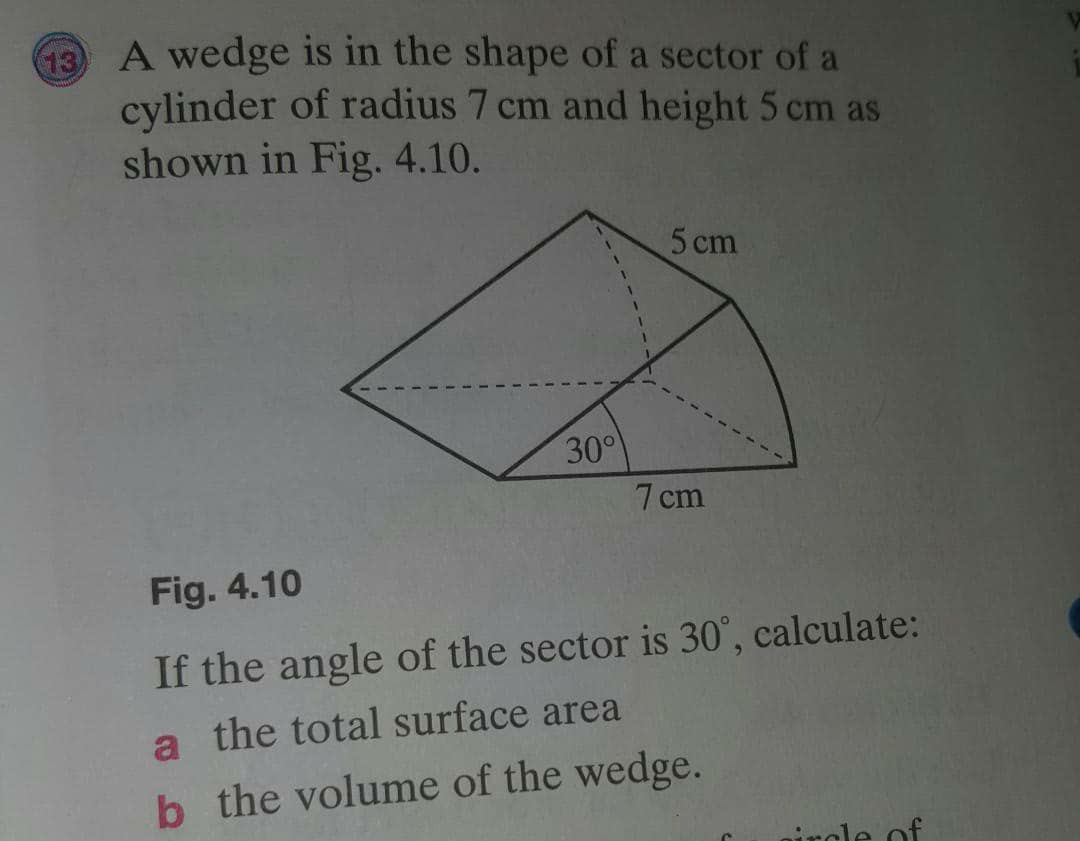
AllQuestion and Answers: Page 1634
Question Number 45777 Answers: 0 Comments: 1
Question Number 45774 Answers: 0 Comments: 0
Question Number 45771 Answers: 1 Comments: 0
Question Number 45785 Answers: 1 Comments: 0

Question Number 45748 Answers: 0 Comments: 1

Question Number 45747 Answers: 1 Comments: 0

Question Number 45746 Answers: 0 Comments: 1

Question Number 45783 Answers: 0 Comments: 1
$${sec}\frac{\pi}{\mathrm{7}}=\frac{\mathrm{48}−\sqrt{\mathrm{3}{a}}}{\mathrm{36}} \\ $$
Question Number 45735 Answers: 2 Comments: 1
Question Number 45730 Answers: 2 Comments: 3

Question Number 45753 Answers: 1 Comments: 0

Question Number 45721 Answers: 0 Comments: 3
$$\:{Integrate}\:\mathrm{sin}\:\left({x}^{\mathrm{2}} \right){dx} \\ $$
Question Number 45719 Answers: 1 Comments: 0

Question Number 45720 Answers: 2 Comments: 5
Question Number 45712 Answers: 0 Comments: 3
Question Number 45707 Answers: 0 Comments: 0

Question Number 45706 Answers: 1 Comments: 0

Question Number 45705 Answers: 0 Comments: 3

Question Number 45690 Answers: 1 Comments: 1

Question Number 45688 Answers: 1 Comments: 2
$$\int\frac{\mathrm{1}}{{sinxcos}^{\mathrm{2}} {x}}{dx}=? \\ $$
Question Number 45681 Answers: 1 Comments: 0

Question Number 45673 Answers: 1 Comments: 1

Question Number 45670 Answers: 1 Comments: 1
Question Number 45669 Answers: 2 Comments: 0
$$\int{tan}^{−\mathrm{1}} \sqrt{\frac{\mathrm{1}−{sinx}}{\mathrm{1}+{sinx}}}\:{dx}=? \\ $$
Question Number 45654 Answers: 0 Comments: 1

Question Number 45649 Answers: 1 Comments: 1
Pg 1629 Pg 1630 Pg 1631 Pg 1632 Pg 1633 Pg 1634 Pg 1635 Pg 1636 Pg 1637 Pg 1638
